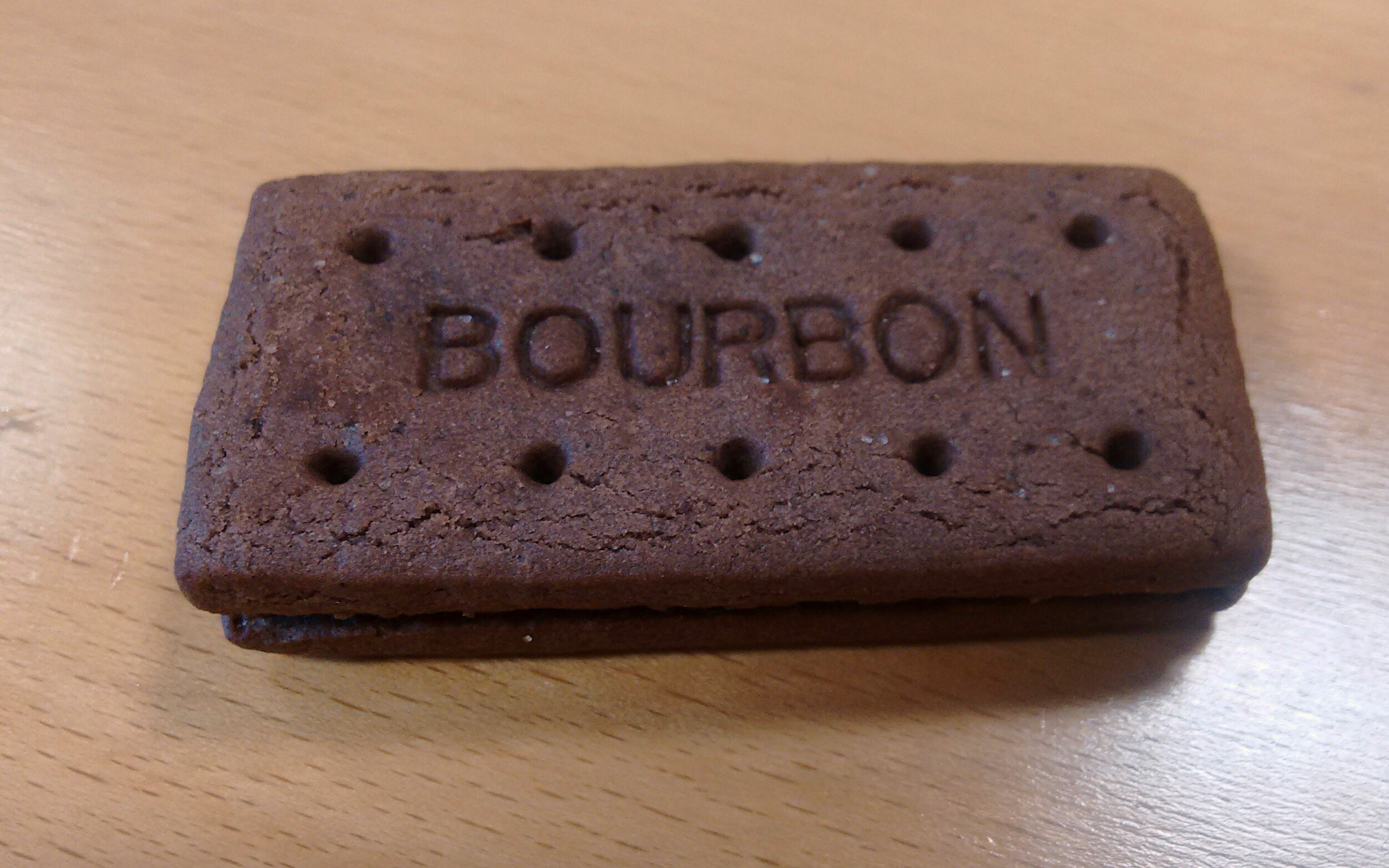I'm a savory kinda guy, always preferred my grits with butter and pepper.
(with a side of biscuits & sausage/bacon gravy)

(with a side of biscuits & sausage/bacon gravy)


that's pretty much how every culture has developed, along with the usual conquests and other diffusion methods. In the very early colonial period in what became the U.S., wheat was not as easy to obtain as it was in Europe. Maize was easy to grow. It had not really caught on in Europe, being considered lower than oats and barley and therefore not even poverty food, but animal fodder at best. The American colonists were were more quickly to adopt maize from the local natives, eating it as hominy grits, popcorn, etc, branching into johnny cakes, cornbread, tortillas, etc.I'm pretty sure you just made up your culture as you went along and then it stuck.


Brown sugar.What is wrong with those cookies? They look like they're made of rice or something.
Oh okay. The lumpiness was unfamiliar to me.Brown sugar.
That looks like an amazing cookie.What is wrong with those cookies? They look like they're made of rice or something.
The "lumpiness" looks like they are made with flattened oats in the batter, especially considering the bowl of oats on the right side of the photo. Oatmeal raisin cookies are a popular recipe in the US. Sample recipe and more pictures here:Oh okay. The lumpiness was unfamiliar to me.
I too have received new knowledge this day.
:max_bytes(150000):strip_icc()/Simply-Recipes-Oatmeal-Raisin-Cookies-LEAD-15-2251dafb1a554aafaedf42e797bf2fd0.jpg)
Chocolate chips are the superior cookie augmentation. I feel world peace could be achieved shared over choc chip cookies.The "lumpiness" looks like they are made with flattened oats in the batter, especially considering the bowl of oats on the right side of the photo. Oatmeal raisin cookies are a popular recipe in the US. Sample recipe and more pictures here:
:max_bytes(150000):strip_icc()/Simply-Recipes-Oatmeal-Raisin-Cookies-LEAD-15-2251dafb1a554aafaedf42e797bf2fd0.jpg)
You Need to Make These Oatmeal Raisin Cookies
These oatmeal raisin cookies are made with old-fashioned oats, brown sugar, and plenty of raisins. They're soft, chewy and absolutely delicious as a snack or after dinner treat.www.simplyrecipes.com
Personally, I prefer oatmeal cookies with chocolate chips instead of raisins.
Drop cookies like this often have a soft and chewy texture, different from crispy shortbread biscuits.
Kor

The native Mesoamerican people were, as a culture, some of the best plant-breeders and agronomists the world has ever known. They took a wild cereal grain, with tiny ears (I would guess no bigger than the "baby corn" occasionally found on salad bars), and individually husked kernels, and bred it into something that fed the entire Western Hemisphere. Along the way, they found, and bred, a mutant whose kernels, when cooked, would explosively turn themselves inside out, producing something that could be eaten as a cold breakfast cereal or as a warm snack, another mutant whose not-quite-ripe kernels were palatable and sweet. They discovered, probably by accident (maybe kernels getting mixed with fire ashes) that when the kernels are exposed to a strong base, the tough outermost layer of bran shriveled up and could be washed away, making them easier to grind. They found that CaOH worked even better than ashes. They eventually learned that the treated -- nixtamalized -- corn was more nutritious than untreated corn, because nixtamalization makes certain nutrients bioavailable to those of us who only have one stomach.Maize was easy to grow. It had not really caught on in Europe, being considered lower than oats and barley and therefore not even poverty food, but animal fodder at best. The American colonists were were more quickly to adopt maize from the local natives, eating it as hominy grits, popcorn, etc, branching into johnny cakes, cornbread, tortillas, etc.
Fig NewtonsSome cookies have dates

We use essential cookies to make this site work, and optional cookies to enhance your experience.
